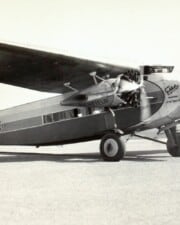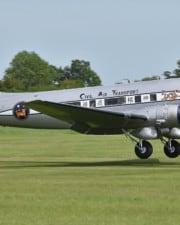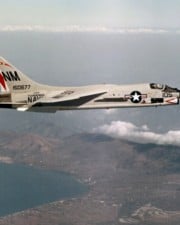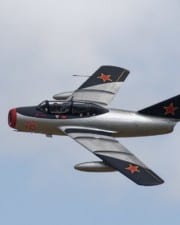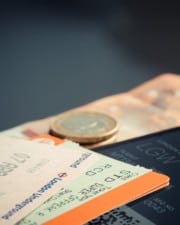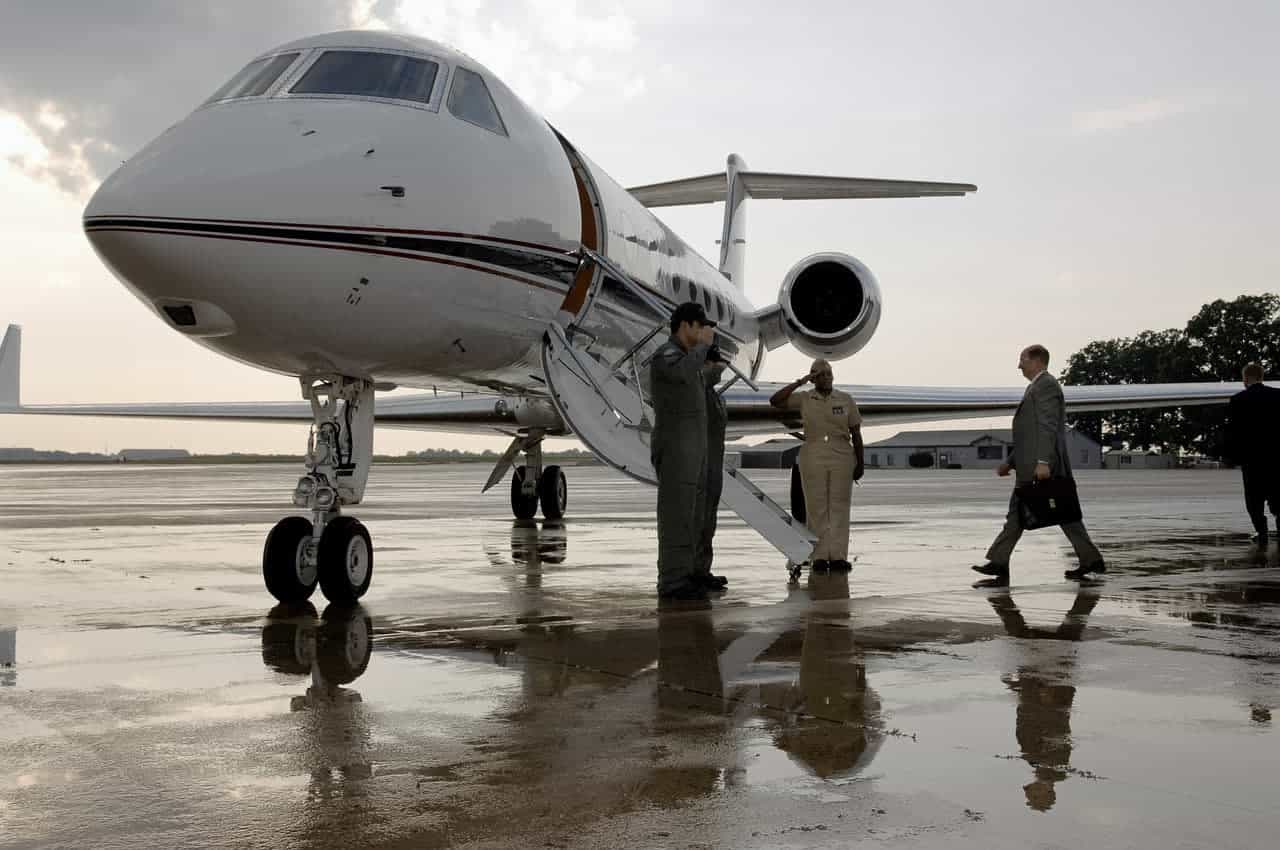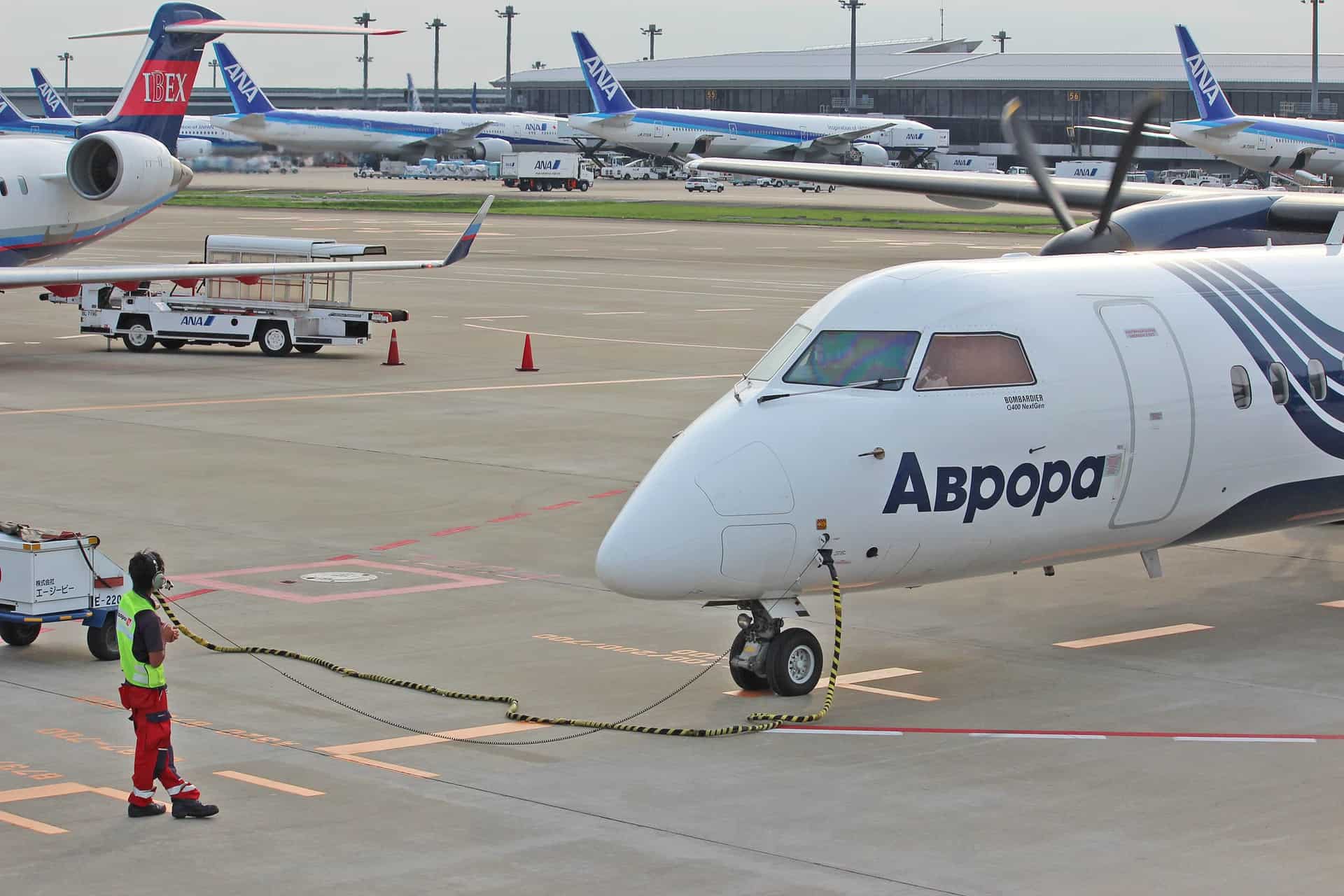It’s easy to forget this when you cram into a passenger liner, but aviation is still a relatively new field. The past century or so of aviation has included many spectacular firsts and broken barriers. Here are some of the best history-defining moments of aviation history.
The heady early days of aviation were full of exploration and a spirit of daring. Every new milestone, such as crossing the ocean, crossing a continent, or flying around the world, was celebrated. That’s because, in the early days of aviation, when planes were still an extremely new technology, these feats really were death-defying, and both the pilots and nervous onlookers didn’t really know if their favorites would achieve their goals—or even survive the attempt.
Other firsts are about pushing the boundaries of aviation technology as far as it will go. The first flight to break the sound barrier or the first flight to reach a certain altitude helped to show that the technology of flight was ever evolving.
Finally, some of these firsts were about breaking demographic barriers. Early aviation was an elite club that was mostly white, wealthy, and male. Female pilots and POC had to fight for their place in history, and this list serves to honor those firsts as well. Without further ado, here are some of the best firsts in aviation history.
Table of Contents
- 15. First Hot Air Balloon Flight (1783)
- 14. First Powered Flight (1852)
- 13. First Commercial Airline Founded (1914)
- 12. First Woman to Get a Pilot’s License (1910)
- 11. First Flight into Space (1961)
- 10. First Solo Flight Around the World without Refueling (2005)
- 9. First Black Female Pilot (1921)
- 8. First Black Combat Pilot (1917)
- 7. First Nonstop Transcontinental Flight (1923)
- 6. First Aerial Combat (1914)
- 5. First Flight to Break the Sound Barrier (1947)
- 4. First Female Solo Transatlantic Flight (1932)
- 3. First Around-the-World Flight (1924)
- 2. First Solo Transatlantic Flight (1927)
- 1. First Airplane Flight (1903)
15. First Hot Air Balloon Flight (1783)
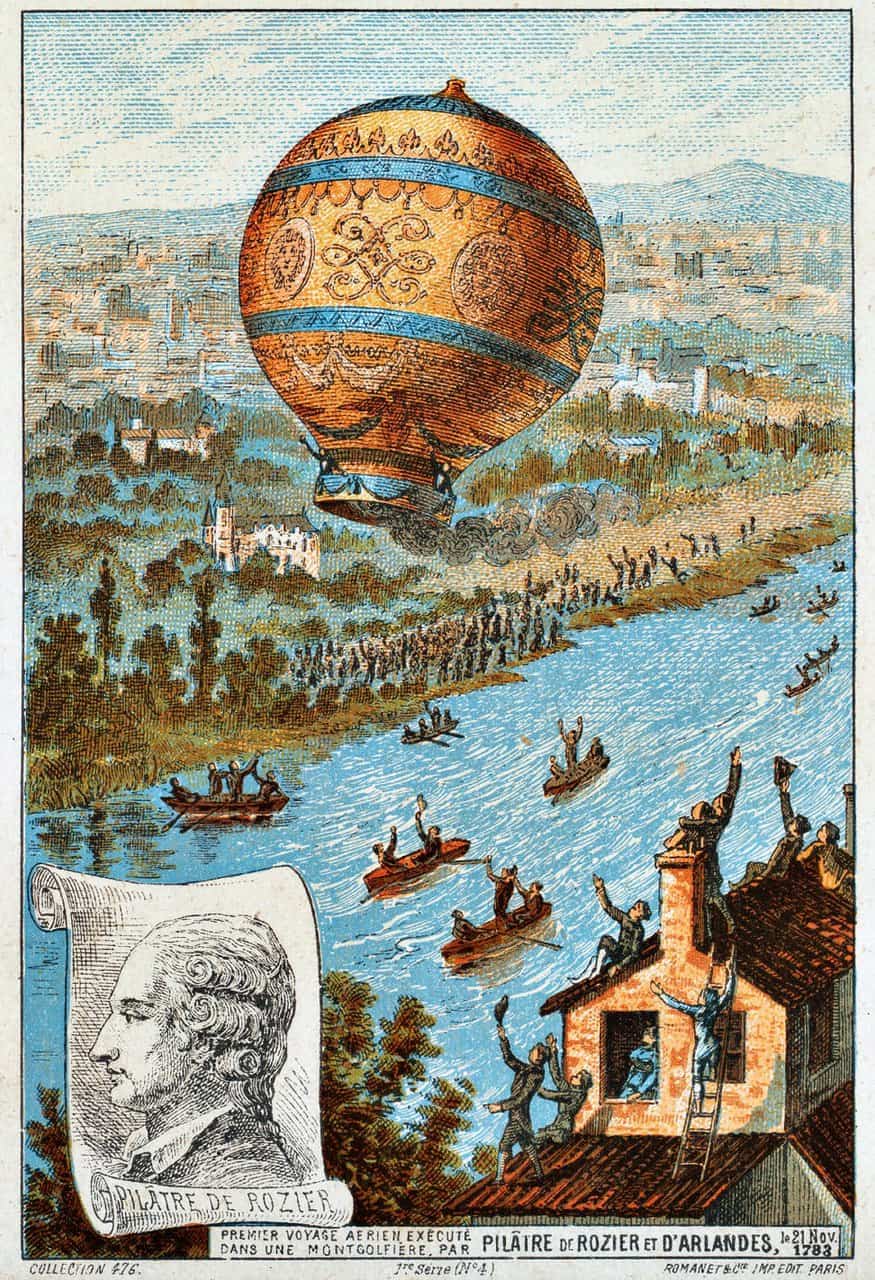
Many people think about the Wright Brothers when they think about the history of flight. However, the history of mankind taking to the air is actually much older than that. In the late 18th century, people began flying for the first time—in hot air balloons.
In 1783, the French scientist Jean-Francois Pilatre De Rozier launched a hot air balloon in the air for the first time. De Rozier was not brave enough to go up in the air himself and sent other passengers: a sheep, a duck, and a rooster, who were probably very confused. After that first unmanned attempt, several tethered and untethered flights were made around Paris and Lyon, France.
For a while, the hot air balloon was a global craze, but people began to avoid it after they realized the danger of burning fuel to get in the air and the lack of control hot air balloons have. However, hot air balloons are still an important part of aviation history.
14. First Powered Flight (1852)


Another precursor to modern aviation is the airship or dirigible, which was powered mostly by steam. The first steam-powered flight was on September 24th, 1852, by another French engineer, Jules Henri Giffard.
Over the next few decades, advancements in technology made more controlled flight in airships possible, although they were still relatively short flights. The development of rigid airships by the famous Count Zeppelin made air travel even more accessible.
For the first few decades of flight, airships actually made up the majority of flights compared to airplanes. However, the accident-prone airships fell out of favor as soon as airplanes advanced enough, especially after the dramatic Hindenburg Disaster.
13. First Commercial Airline Founded (1914)

The first days of aviation were full of awe at this amazing human invention. However, shrewd businessmen were quick to realize the potential of this new mode of transportation for making money. A little over a decade after the first flight, the first commercial airline was founded.
On New Year’s Day, 1914, the St. Petersburg-Tampa Airboat Line made its first flight. The airline only traveled one route, from St. Petersburg to Tampa, both cities in Florida that were only 17 miles apart but were hard to travel between with existing modes of transportation.
If you’ve never heard of the St. Petersburg-Tampa Airboat Line before, that’s because this company went belly-up after a few months. However, it proved that ordinary people were willing to travel by airplane and that the right company could make good money providing convenient travel via the air.
12. First Woman to Get a Pilot’s License (1910)

Even today, aviation is mostly a boy’s club (There’s a reason why the news tends to report on all-female crews but not on all-male ones on passenger jets.). It was even worse in the early days before women could even legally vote in most of the world. However, some historical women did not take no for an answer and wanted to take to the air as well.
The first woman in the whole world to earn her official pilot’s license was the French pilot Raymonde de Laroche. She predated the first U.S. female pilot, Harriet Quimby, by about a year.
Raymonde de Laroche was a renowned actress, hot air balloon pilot, and daredevil in France at the time, so it made sense that she would want to take to the air as soon as possible. She performed in several air shows and never let injuries or crash landings stop her.
11. First Flight into Space (1961)

Thanks to advances in technology, not even the sky was the limit for pilots. The 1950s and 1960s saw the famous Space Race, a competition to explore space between the United States and the Soviet Union against the backdrop of the Cold War. The Soviet Union achieved the first flight into space in 1961 with the flight of Yuri Gagarin.
Gagarin’s first flight only took 87 minutes, but it marked a significant advance for humanity. For the first time, a person was able to orbit the Earth from space.
So why is a space milestone on a list about aviation? Going into space would not be possible without advances in aviation, and there have always been close links between the two fields. Gagarin himself was a test pilot by profession.
10. First Solo Flight Around the World without Refueling (2005)
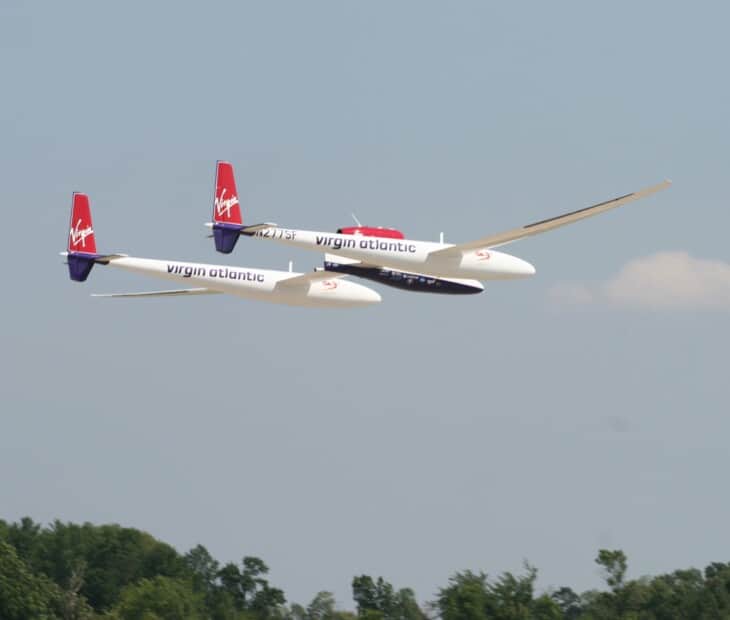
It’s a mistake to think that breaking records and setting aviation “firsts” is something that only belongs to the days of yore. Advances in technology have pushed aviation even further. That enabled new firsts such as the first flight around the world with no passengers, co-pilots, stops, or refueling.
The pilot who accomplished this feat was Steve Fossett on March 7, 2005. Fossett achieved this feat flying a Virgin Atlantic Global Flyer.
Fossett managed this feat by flying for 67 non-stop hours and fueling with diet milkshakes.
9. First Black Female Pilot (1921)
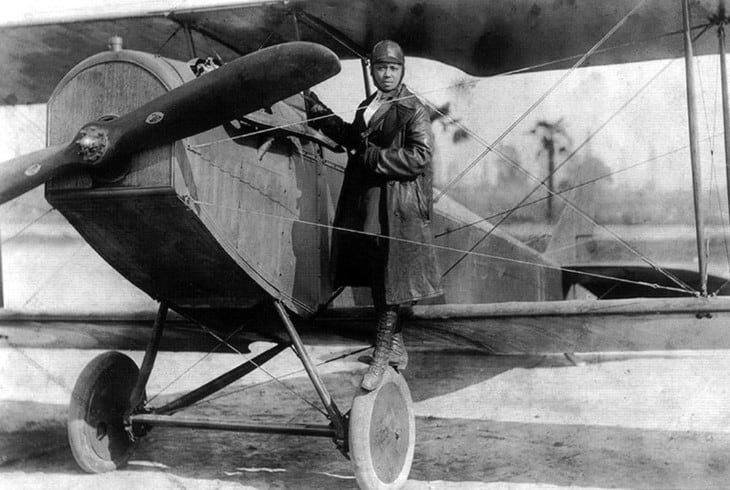
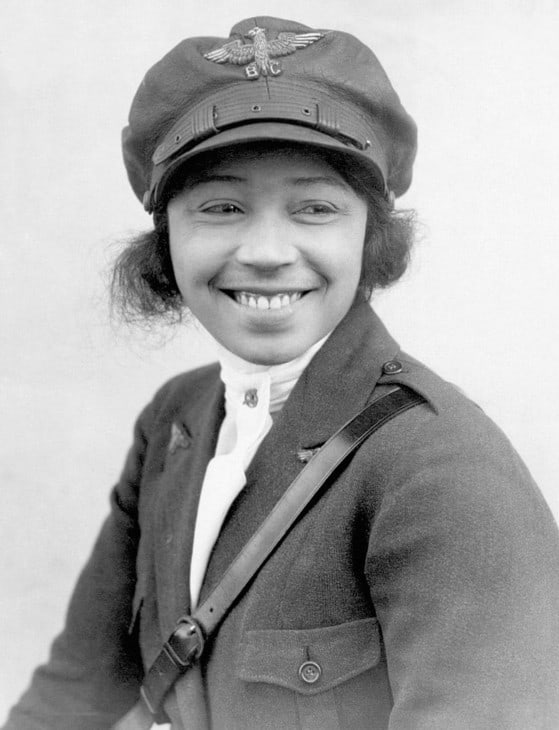
If it was difficult to be a female pilot in the early days of aviation, it was even harder to be a Black female pilot during the heyday of segregation. However, Bessie Coleman managed to do just that in 1921.
Coleman had to go to France to get her license in 1921 because no American flight school would take a Black and Native American woman. She managed to prove them all wrong.
After getting her license, Bessie Coleman became a famous performer known for her daring tricks. Sadly, she passed away in a crash in 1926, after doing what she loved for just five years.
8. First Black Combat Pilot (1917)
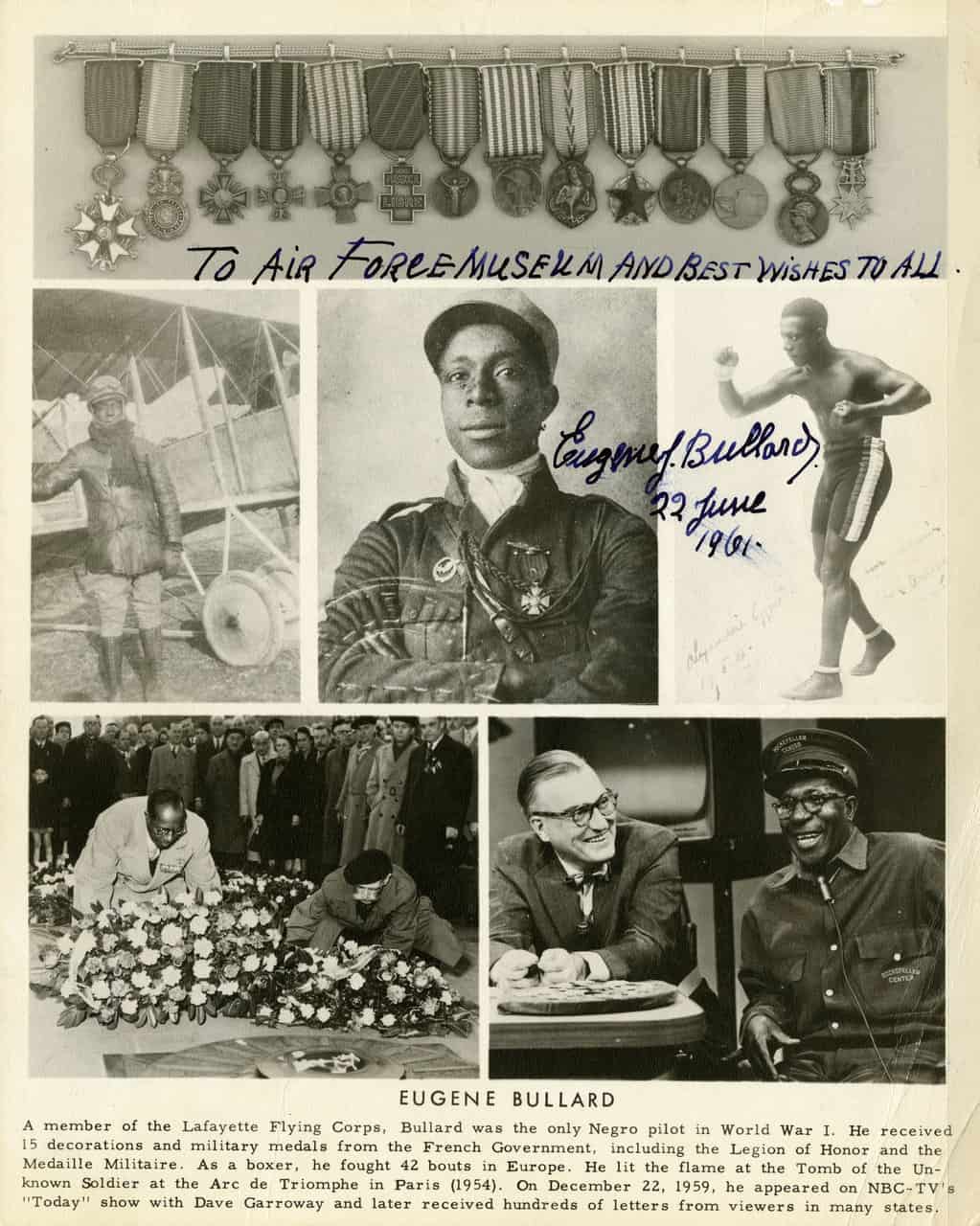
The story of the first Black combat pilot is another story of an African American person going to France to find refuge from racial discrimination. A long-time resident of France, Eugene Bullard became a pilot for the French Armee de l’Air in 1917.
Bullard started his career as an infantryman in the French Foreign Legion, but an injury forced him out of the normal army and to look into alternatives. That led to his interest in becoming a combat pilot.
Bullard was famous for his skill as a pilot, which earned him several medals, his role in the French Underground during World War Two, and his flamboyant personality (He flew with a pet monkey.).
7. First Nonstop Transcontinental Flight (1923)

Even many amateur connoisseurs of aviation history have heard of the first flights across the ocean. However, in the very early days of flight, even flying across a continental landmass seemed too far. That all changed in 1923.
On May 2nd, 1923, the U.S. Army Air Service sent Lt. John A. Macready and Lt. Oakley G. Kelly across the country. They took off from Roosevelt Field on Long Island and landed in California 27 hours later.
The flight was far from easy. It pushed the pilots to the limits of their endurance with the length and bad weather conditions, but they made it and made history.
6. First Aerial Combat (1914)
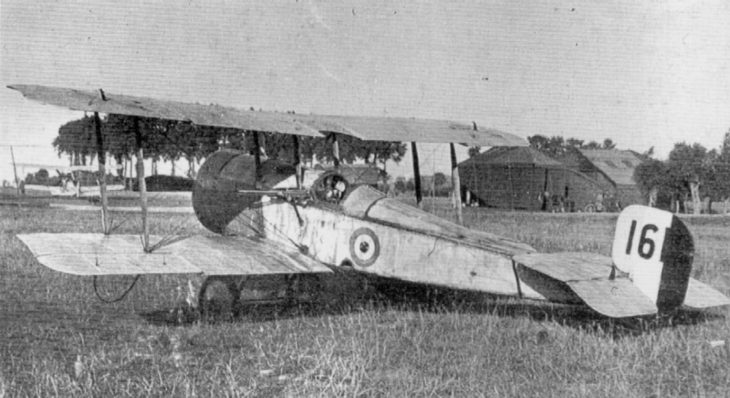
Almost as soon as flight was invented, military generals and leaders began thinking of how to use it to achieve their goals. Although the use of flight for military reconnaissance predates the 20th century, the first aerial combat battle was in 1914 in the early days of World War One.
The first aerial battle was less than impressive. In the first skirmishes in 1914, pilots would just shoot at each other with their pistols—hardly effective.
However, in just a few years, aerial combat evolved and gave us stories of daring, such as that of flying ace The Red Baron—for better or worse.
5. First Flight to Break the Sound Barrier (1947)
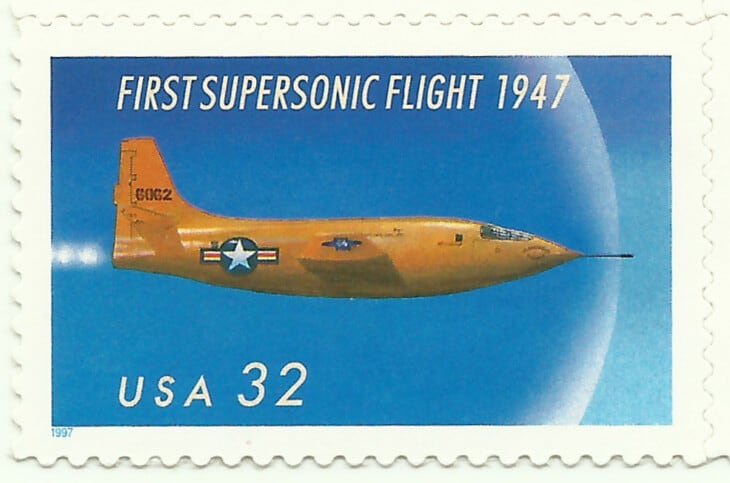

World War Two and the years immediately after it saw leaps and bounds in aviation technology. Some of this technology helped pilot Chuck Yeager break the sound barrier in 1947.
Already an experienced combat pilot when he made his record-setting flight, Yeager flew at 662 miles per hour in an experimental X-1 plane he nicknamed after his wife.
Breaking the sound barrier was not just important because it meant that humanity could fly very fast (albeit not very comfortably). It’s important because it proved that space travel would be possible because before then, scientists theorized that humans could not survive flight that fast.
4. First Female Solo Transatlantic Flight (1932)

It’s impossible to make a list of aviation firsts without mentioning Amelia Earhart. The celebrated daredevil was the first woman to break many barriers, including becoming the first female pilot to cross the Atlantic solo in 1932.
Earhart was the first woman to cross the Atlantic as a passenger, the first person to pilot an autogiro at high altitudes, and the first person to fly solo from Hawaii to California.
Sadly, Earhart’s daredevil nature would lead to her own disappearance in 1937, when she and a navigator disappeared while trying to fly around the world.
3. First Around-the-World Flight (1924)

The 1920s were all about pushing the new field of flight to new capabilities. One of these was the first flight around the world.
The U.S. Army Air Service was determined to achieve this flight and built several airplanes specifically for this purpose. Four of these planes set out on April 6th, 1924, from Seattle to make this trip.
Flying around the world then looked different than it did now. The flight took 175 days because the pilots had to make 75 stops along the way!
2. First Solo Transatlantic Flight (1927)
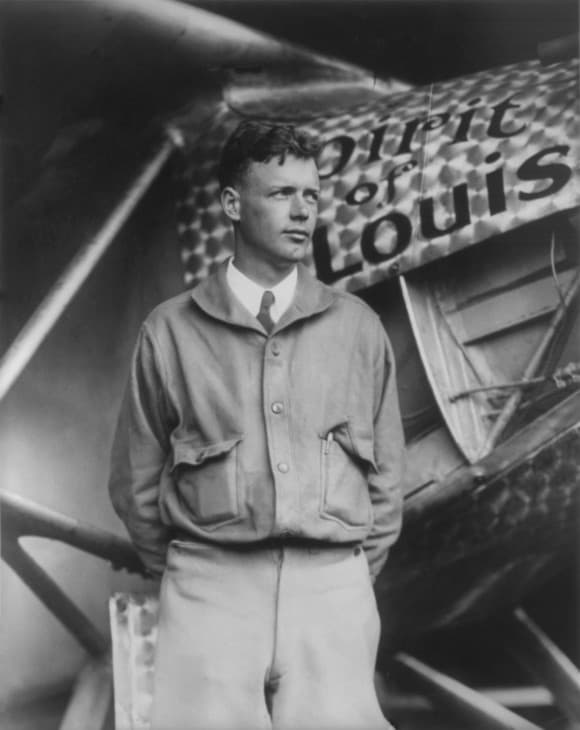
Charles Lindbergh was one of the first aviation celebrities thanks to his feat of becoming the first person to fly solo across the Atlantic. On May 21, 1927, Lindbergh flew from Long Island, New York, to Paris, France.
Both Lindbergh and his plane, the Spirit of Saint Louis, became household names and people followed Lindbergh’s adventures with ravenous appetites.
Lindbergh and his wife would go on to become world-famous daredevils for their adventures in flight. However, many people don’t know that the reason he made the transatlantic flight was to compete for a $10,000 prize offered to the first person to make that journey.
1. First Airplane Flight (1903)
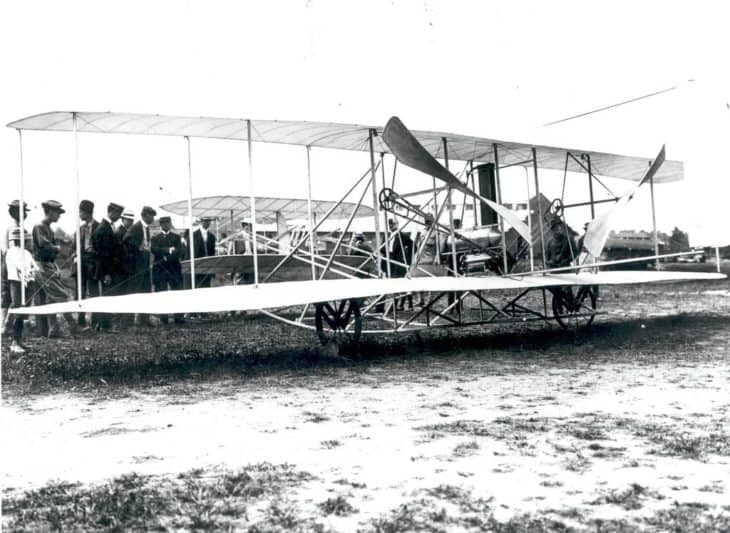
There’s only one aviation first that can really top the list, is there? It has to be the first airplane flight by the Wright Brothers in 1903, the flight that started it all.
The Wright brothers were not the first people to take to the air as hot air balloons and airships were already operational for decades by that point. However, they were the first to fly powered machines that were heavier than air, precursors to modern airplanes.
The first flights in Kitty Hawk all lasted for less than a minute and ended in several crash landings. However, they ushered in a fantastic change in global transportation.
Related Posts



